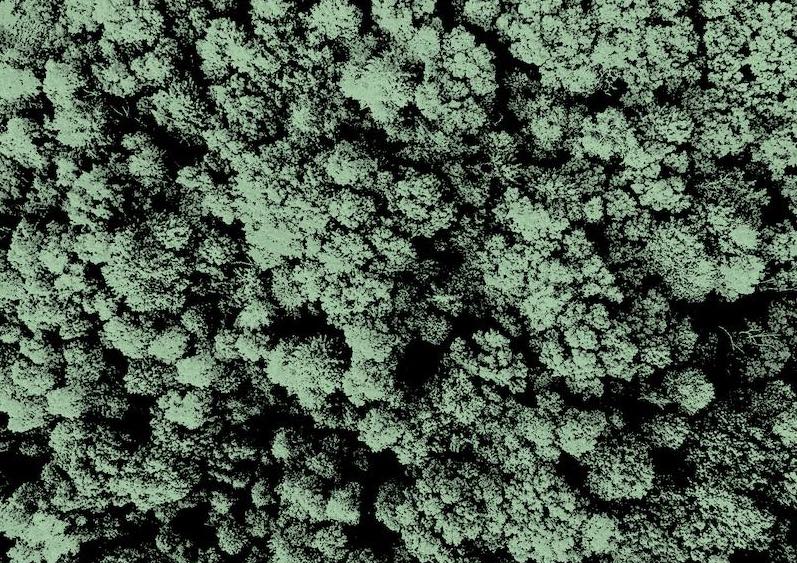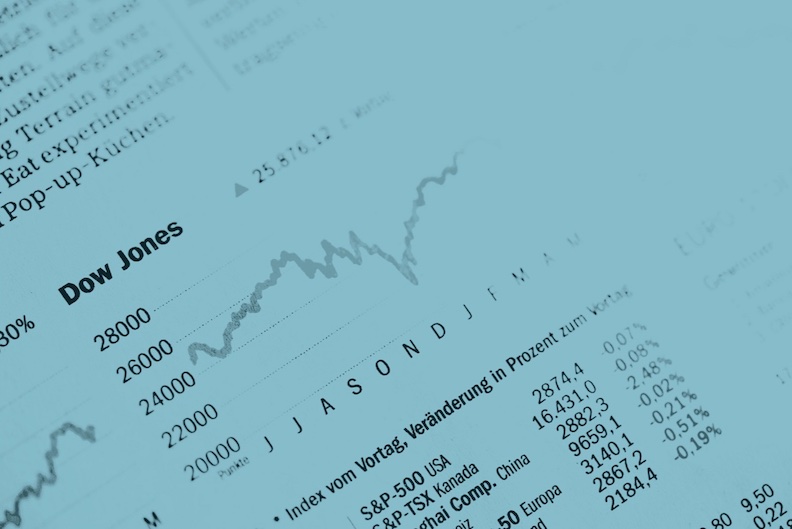What is it about?
This chapter examines the international trade of Yemen and the comparative advantage of Yemeni export in the US market during the period 2000-2011. This period has been selected because the data after that are unreliable due the civil war after the so called Arab spring and then regional conflict after the intervention of Arab coalition. Therefore, our analysis include the eleven years prior to the war, between 2000 and 2011, and employ 2-digit SITCs to identify the various products for the selected study period. Balassa’s index has been utilized to measure revealed competitive advantage (RCA). Although this method is widely accepted and has been extensively covered in literature, we are aware that this index could not be applicable in terms of empirical data. Despite this flaw, Balassa's index includes a feature for the analyzed country's or a group of nations' gross sectoral competitiveness. Yemen was found to have competitive advantages at the world level during international trade in the chosen study period, according to our empirical analysis utilizing Balassa's score. Few groupings of energy and non-energy goods were able to take use of the competitive edge.
Featured Image
Why is it important?
It is a feature of the low income economy which has a somehow normal international economic relations and presently suffering from war and after then poverty.
Perspectives
It is important to continue with the research in this field after the peace process in Yemen.
Saleh Mothana Obadi
Institute of economic research, Slovak academy of sciences
Read the Original
This page is a summary of: The Yemeni International Trade with the USA before the "Arab Spring", January 2023, Sciencedomain International,
DOI: 10.9734/bpi/cabef/v7/3676c.
You can read the full text:
Contributors
The following have contributed to this page







